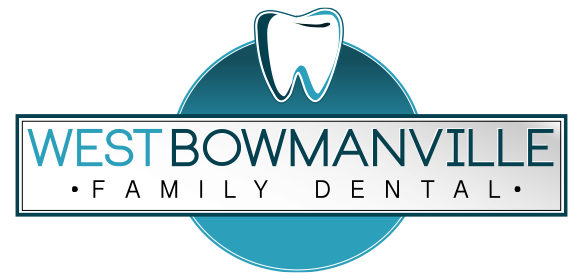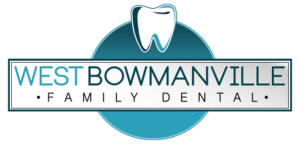Dental plaque consists of a sticky biofilm containing bacteria. It builds up over your tooth surfaces in between brushing and flossing. If you haven’t brushed your teeth for quite a while, you can even feel dental plaque by running your tongue over your teeth as it should feel slightly fuzzy.
Why Is It Harmful?
Dental plaque contains bacteria, some of which are harmful, and these thrive whenever you eat carbohydrate-rich foods, producing acid and other toxins as a byproduct. The acid softens and gradually erodes tooth enamel, eventually causing tooth decay in Clarington.
Dental plaque also tends to build up around your gum line, and the bacteria infect and irritate the gums. Your body will automatically try to fight this infection, but the response causes inflammation in the gum tissue and this gradually destroys the gums and other vital structures around your teeth including ligaments and bone. This infection and inflammation create a condition called gum disease in Newcastle.
The longer dental plaque remains on your teeth, the greater the damage and especially as it hardens into calculus or tartar within just a day or two. Tooth decay and especially gum disease are both destructive and can cause tooth loss. Gum disease is particularly concerning because it’s increasingly linked with serious health conditions including diabetes, heart disease, dementia, and rheumatoid arthritis.
The good news is that you can ensure dental plaque doesn’t build up over your teeth by following a thorough oral care routine.
Make Sure You Brush Your Teeth At Least Twice a Day
Thoroughly brushing your teeth is one major weapon against plaque buildup. It removes plaque before the harmful toxins it produces can damage your teeth or gums. The best times to brush your teeth are when you get up in the morning and just before you go to bed. It’s especially important to make sure you clean your teeth before sleeping as your mouth is naturally drier overnight because you don’t produce as much saliva, creating conditions that allow bacteria to thrive.
When brushing your teeth, think about what you’re doing to make sure you brush all tooth surfaces thoroughly. Concentrate on brushing your teeth methodically, cleaning one section of your mouth before moving onto the next. Choose a soft-bristled toothbrush with a head that is small enough to fit right to the back of your mouth. While brushing, hold your toothbrush at a 45° angle to your gums so the bristles can get right down to the gum line, removing plaque from these areas. Your tongue can harbour large amounts of bacteria so it can be worth brushing it too, either by using your toothbrush gently or a special tongue scraper that only costs a few dollars.
Don’t Forget to Floss Once-A-Day
Your second major weapon against plaque buildup is flossing because the contact areas between your teeth account for one-third of all your tooth surfaces. These areas also tend to trap plaque and food debris, creating ideal conditions for harmful bacteria to thrive. It’s not really important whether you brush before or after flossing, so choose the most convenient routine.
If you can’t stand flossing, don’t forget we are here to help you. Ask our dentist or hygienist at West Bowmanville Family Dental for practical help and advice next time you visit. While dental floss is effective, there are other tools to try. Other options include soft picks and interdental brushes, pre-threaded dental floss and water picks. There is definitely a solution that will help you, and it is just a question of finding the right one that you feel comfortable using every day in Courtice.

